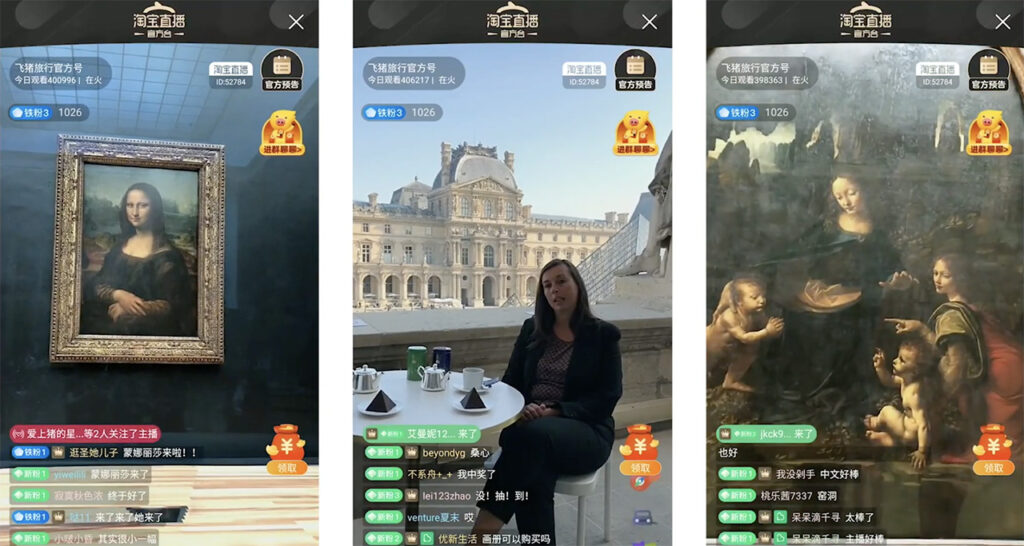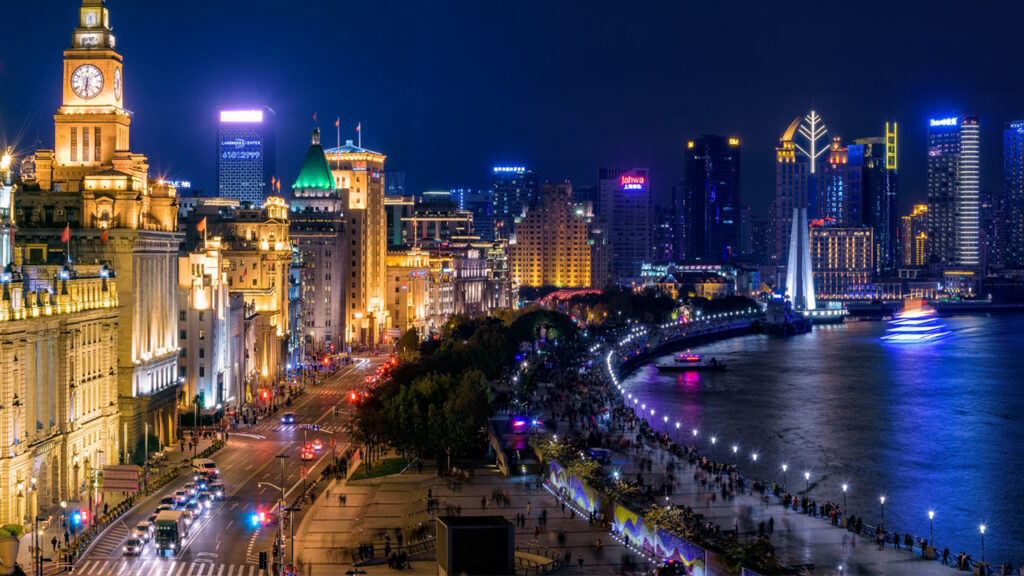This article was originally published by WITH. Read the first part of the story here.
Home is the new hub: encouraged by the initial health-imposed rules, many consumers have adapted, turning their home into the heart of their daily activities. Many drivers, including safety, comfort, family time, and budget savings, continue to support the major shift of the entertainment industry from out-of-home to in-home.
Furthermore, as 43 percent of Chinese consumers say they plan to engage less with entertainment activities, stakeholders in the cultural and tourism sector must reinvent their approach to seek out audiences at home.
Travel Retail Moves Closer
Despite the severe impact on the luxury industry in 2020, some brands chose to step up investments in China. As such, the strategies of global travel retail firms evolved to meet new trends in Chinese consumption behaviors.
Travel retail leader Lagardère chose to open eight new luxury and fashion stores in the Shanghai Hongqiao and Shenzhen Bao’an airports, while French department store chain Galeries Lafayette opened a third site in Guiyang.
The Bottom Line: Luxury brands have drawn closer to Chinese tourists with both physical and virtual initiatives to maintain connections at a difficult moment.
Museums Step Out
Numerous museums around the world seek to develop their appeal to Chinese audiences. While the task seems complicated for institutions that “can’t be moved,” museums have found a solution: opening physical exhibitions in China. This allows them to become a “storefront” for foreign museums, and thus increase the visibility and awareness of the parent brand.
Inspiring examples include the Parisian museum Centre Pompidou’s recent opening of their West Bund site in Shanghai or the proposed Musée Picasso-Paris and Giacometti Foundation’s 2019 announcement of a five-year exhibition in the Beijing-based art district 798.
The Bottom Line: Although many museum initiatives were underway before the crisis, they are now more relevant than ever as a way to reconnect with Chinese audiences.
The Art Market Response
As the coronavirus crisis settles in for the long term across the globe, virtual initiatives staged by major art-market players are multiplying.
Both the European Fine Art Fair (TEFAF) and Art Basel planned virtual fairs this fall in response; Frieze’s director Victoria Siddall recently explained that the first online edition in May 2020 was a great success with exhibitors selling out entire stands. However, she also raised the increased difficulty for emerging artists to break through digitally, as online formats tend to encourage established players while limiting the discovery and emotional connection to new artworks.
In tandem with the art fair sector, the National Cultural Heritage Administration encouraged Chinese museums to promote new technologies and cultural heritage during the health crisis.
The Bottom Line: Many cultural institutions responded positively to lockdowns by offering online access to projects and exhibitions.

Louvre’s partnership with Fliggy offered Chinese netizens a livestreamed tour of the museum. Image: Fliggy
Launching E-Commerce Collaborations
Reaching new audiences can also be as simple as extending one’s reach to an entirely different market.
The Louvre Museum joined forces with Alibaba to give Chinese consumers access to its most influential works. Through a dedicated flagship store on the e-commerce platform Tmall and a content agreement with Alifish, consumers were able to purchase products inspired by the treasures hosted in the world’s largest art museum. This launch was heavily supported by Tmall as part of its Super Brand Day and included further participants such as L’Oréal to promote customized products. Overall, the campaign was incredibly successful, inviting consumers to consider beautiful merchandise as a work of art.
The Bottom Line: Working with major Chinese technology and e-commerce players can help brands reach Chinese tourists.
Maximizing Livestreaming
Cultural institutions began using livestreaming to connect with Chinese consumers by setting up in-depth debates, panel discussions, product launches, interviews, and digital visits.
Leading industry examples include the livestreams hosted by Versailles and Louvre. Indeed, the world’s largest museum led many initiatives to fully develop this new communication tool, while continuing to generate much-needed revenue. In October 2020, the Louvre opened its doors to through a livestreamed “behind-the-scenes” tour via Alibaba’s travel-services platform, Fliggy. The virtual tour was the latest in a series designed to help museums and other tourist attractions continue connecting with Chinese citizens. It previously featured Spain’s Prado Museum, the Palace of Versailles in France, and the British Museum in London.
The Bottom Line: Livestreaming has emerged as a new form of tourism, with numerous culture and travel brands investing in this strategic opportunity.
Outreach by International Travel Brands
The resumption of the travel depends on safety measures and government-imposed travel restrictions; a return to “normal” shouldn’t be expected before 2022. In the meantime, international entities and cultural players should work to continue nurturing their relationship with Chinese consumers and communities, ensuring conditions are met to welcome them back safely once possible.
Don’t expect Chinese tourists to come to you, though. Instead, seek out your audience. Brands wanting to position themselves in China should either look to physically implement their business in the mainland, or utilize the existing alternatives to reach, engage, and stay top-of-mind amongst their target audiences.
Four ways for brands to respond:
- Understand the changing needs and emerging trends in the local market
- Launch or adjust digital strategies to maximize your brand potential
- Utilize new tools and technology to respond and target growing segments
- Design and implement activities at the cutting edge of Chinese trends




